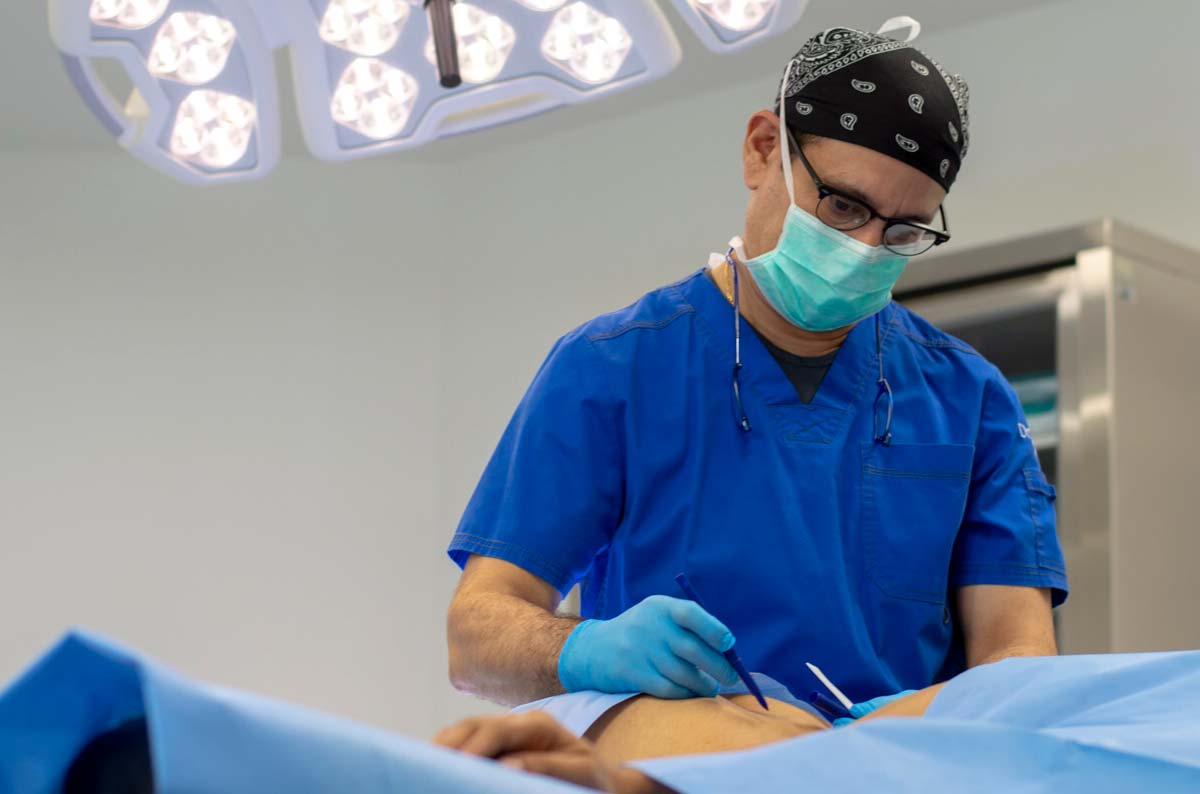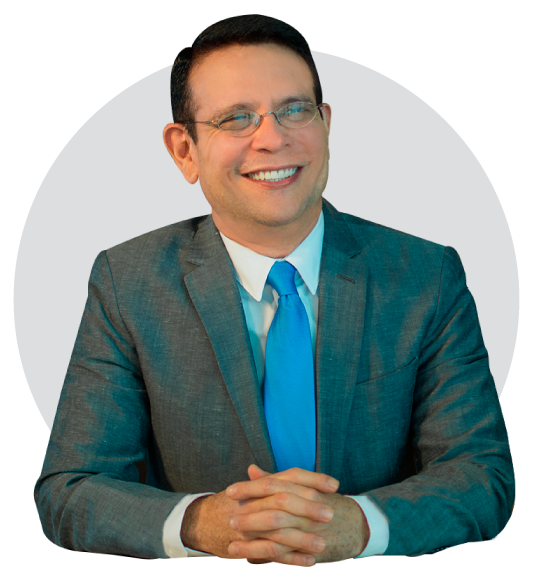Thermotherapy Definition Thermotherapy is called the application of heat or cold as therapeutic agents.
Thermotherapy is the application of heat for therapeutic purposes. There are several ways to apply this heat and, in general, what is sought is a sedative, relaxing effect.
Thermotherapy techniques use different forms of heat as treatment, either in solid, semi-liquid or gaseous form. For it to be considered as thermotherapy, the temperature of the applied element must be higher than the physiologically the organism has. As for the maximum temperature, it depends on the thermal sensitivity of the patient.
Physiological responses to the application of therapeutic heat.
Application form of thermotherapy
As a general rule, we can say that applications will vary between 10-30 minutes, although it depends on the specific technique used.
The heat has a relaxing effect but, in excess, it can cause dizziness due to a decrease in tension (for example, if applied or in the cervical or the back).
Discontinuous applications, leaving a rest time, so that the temperature of the area does not rise excessively, and undesirable effects do not occur.
Depending on the technique used, it will be necessary to apply directly to the skin (hot air, infrared lamp, microwave …) or it will be necessary to use a cloth or napkin, for example in the case that it is a solid or semi-liquid, to reduce the risk of burns.
Effects of thermotherapy
Vasodilation Increased blood flow to the area (hyperemia). Hyperemia has an analgesic effect (reduces pain), promotes tissue nutrition and the elimination of waste products.
Decreased blood pressure Heat affects the heart and reduces blood pressure. If it goes too low, dizziness may occur, so it is necessary to monitor to avoid it.
Sedative effect The long-term heat stimulation has a sedative effect, as it favors muscle relaxation, prevents muscle spasm, relieves fatigue and slows the nerve conduction of painful stimuli.
Thermotherapy application techniques
There are countless ways to apply heat.
Solids: Electric blankets (like the one in the image above), bags, hot-packs … The latter are heated in microwaves and retain heat for 15-20 minutes. They are applied by protecting the area with a towel, and they have the advantage of being adaptable to regions such as the shoulder or neck. Ideal for use at home.
Semiliquids: mud, sludge, paraffin, parafangos… They are usually applied in consultation, with the advantage that they are moldable and adaptable to regions such as full-back or full hand (in this case paraffin is widely used).
Gas: Dry air (for example using a dryer). It can relieve in some cases, although, to apply at home, I believe that the application of solids is better. Another variant is water vapor (sauna).
Radiation: Infrared lamp, microwave … They are usually applied in consultation.
Precautions and contraindications in the application of heat.

Posted 16 October, 2019

Posted 7 October, 2019
